When I accepted the job as a self-contained DD teacher three years ago, a dear friend of mine explained that this job was going to be about the “big things”. I did not understand what she meant at first and I asked her to elaborate. She told me that I would be spending my time with the students focused on things that will have a direct impact on their ability to be happy, healthy and contributing members of society. Your impact will go beyond the walls of the school and even the walls of their homes. The lessons you teach them will be “bigger” than any math or social studies lessons you have ever taught in your career.
Three years have passed, and I can say with absolute certainty that my dear friend was right. These past three years have been all about the “big things”. As I come to the end of my time with the best class a teacher could ever ask for, here are the “big” lessons that we have learned over the past three years.
- Sometimes things are not going to be about you. For many of my students, they have had a lot of attention as a child in school and at home because of their unique learning profile. It has been important for them to think about others in their class, family, and community and how they can contribute meaningfully to all three places.
- A healthy body contributes to a happy outlook on life. Having a healthy body provides so many opportunities to participate in activities with families and friends such as riding a bike, playing sports, and going on a hike. It also provides students with a lot of independence in their life as they have the coordination and strength to do things like walk up the stairs and get up from a chair. It opens so many positive doors.
- A positive tone in your communication builds relationships. Some of my students have speech impairments and when I first met them, they would speak very harshly to me and others in the class. We have learned to take our time and speak kindly to others and it has opened the door to many new friendships.
- Losing is a part of life. “Good game” is our catchphrase in class that we say at the end of every game. It reminds us that no matter whether you win or lose, you are thankful for the time that you had with your friend or family member today.
- Independence in daily living gives us pride and confidence. Being able to do many daily living tasks such as ordering in a restaurant independently or selecting items for cooking really develops a sense of confidence and pride.
- Take Two! This is my most common catch phrase in class. I probably say it about 5 times every day and my students use it just as often. We use this phrase as a reminder to let the small mistakes role off of our back and to give it another try.
- Exceeding our own expectations is the best feeling in the world!
My students have learned a lot of big lessons over their time at middle school, but I also learned one very “big lesson” as an educator.
The energy that you bring into your learning space sets the tone for all who enter your class.
Working with kids with exceptionalities means working with a whole community of people to provide the best learning opportunities for the students. This may include, Educational Assistants, SERTs, Occupational Therapists, outside agencies etc… It is imperative, as the leader in the space, that you set the tone for everyone who enters. You will be amazed at how quickly people adapt to the positive environment and your students will have a more positive experience at school as a result.


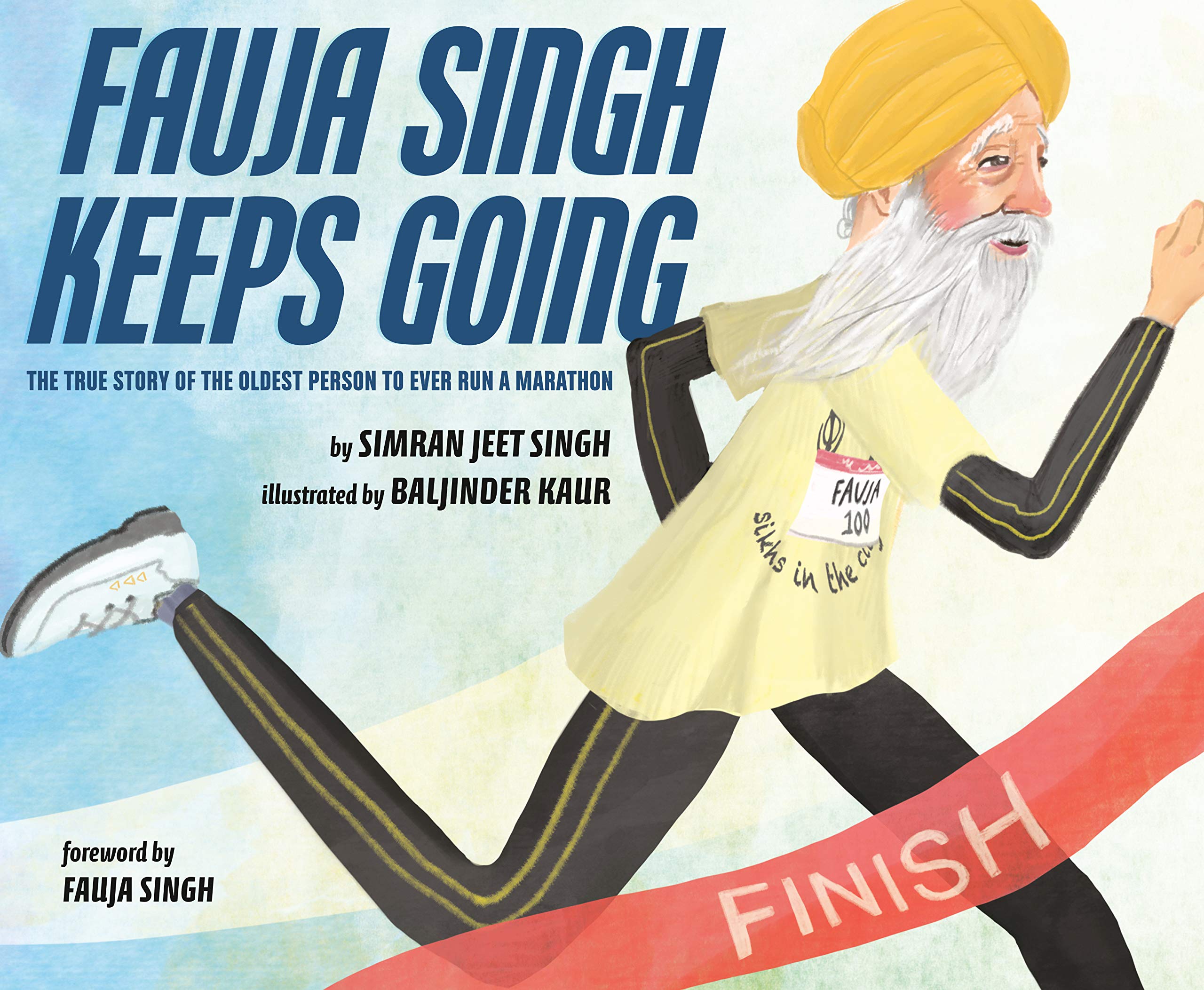
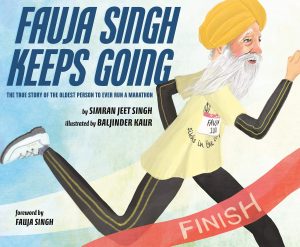
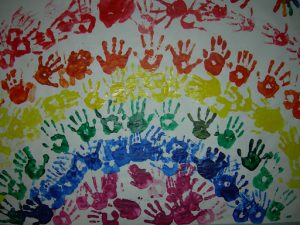
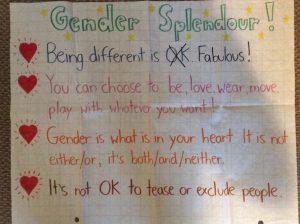
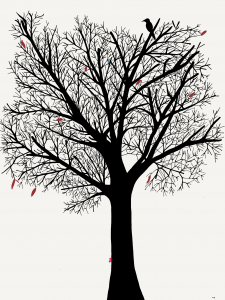 For me as a kid, there was no better feeling than opening up a new box of 64 Crayola crayons. The big box with the flip top lid and the sharpener on the side. I can remember agonizing over which colour to pick first and being so thrilled by the perfection of the colour palette in neat rows in that box. I loved to draw and colour. I could do it for hours never lifting my attention from the page. In adulthood, I abandoned doing art for pleasure. It seemed silly for me to sit around and draw or paint for no real reason. I felt I should be doing something productive. A few years ago I began to create art again and realized how much I had missed it and how much joy it brought to my life. I create digital art now, which isn’t quite the same rush as opening a box of crayons but it is easier to share with others-like the picture above. I have recently learned about the health and wellness benefits of creating. Creating is rejuvenating, it is rest and it is soul food.
For me as a kid, there was no better feeling than opening up a new box of 64 Crayola crayons. The big box with the flip top lid and the sharpener on the side. I can remember agonizing over which colour to pick first and being so thrilled by the perfection of the colour palette in neat rows in that box. I loved to draw and colour. I could do it for hours never lifting my attention from the page. In adulthood, I abandoned doing art for pleasure. It seemed silly for me to sit around and draw or paint for no real reason. I felt I should be doing something productive. A few years ago I began to create art again and realized how much I had missed it and how much joy it brought to my life. I create digital art now, which isn’t quite the same rush as opening a box of crayons but it is easier to share with others-like the picture above. I have recently learned about the health and wellness benefits of creating. Creating is rejuvenating, it is rest and it is soul food.